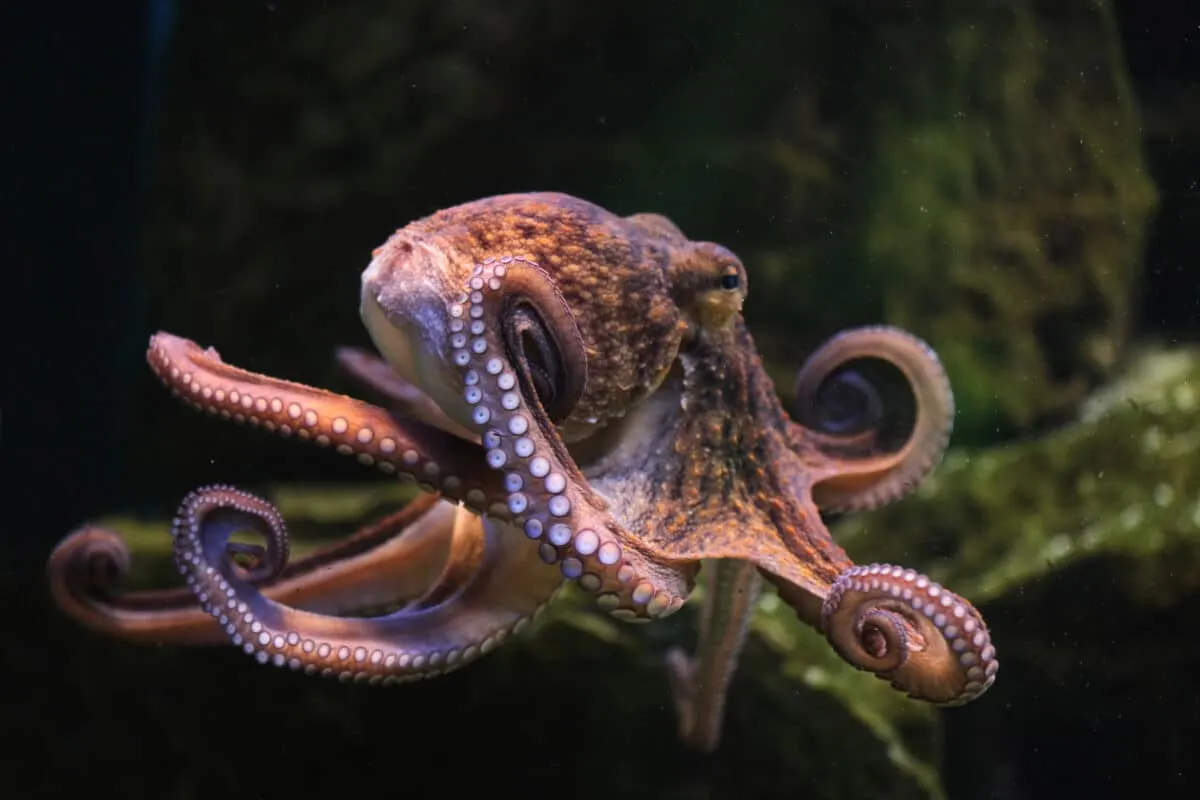The natural world continues to surprise even the most seasoned researchers. From unexpected behaviors to remarkable adaptations, wild animals regularly challenge our understanding of biology, cognition, and evolution. These scientific surprises don’t just make for fascinating discoveries—they often reshape entire fields of study and open new avenues for research. This article explores fifteen remarkable instances where wild animals left scientists utterly astonished, demonstrating that even in our technology-driven age, nature still holds countless mysteries waiting to be uncovered.
14. Crows Creating Sophisticated Tools
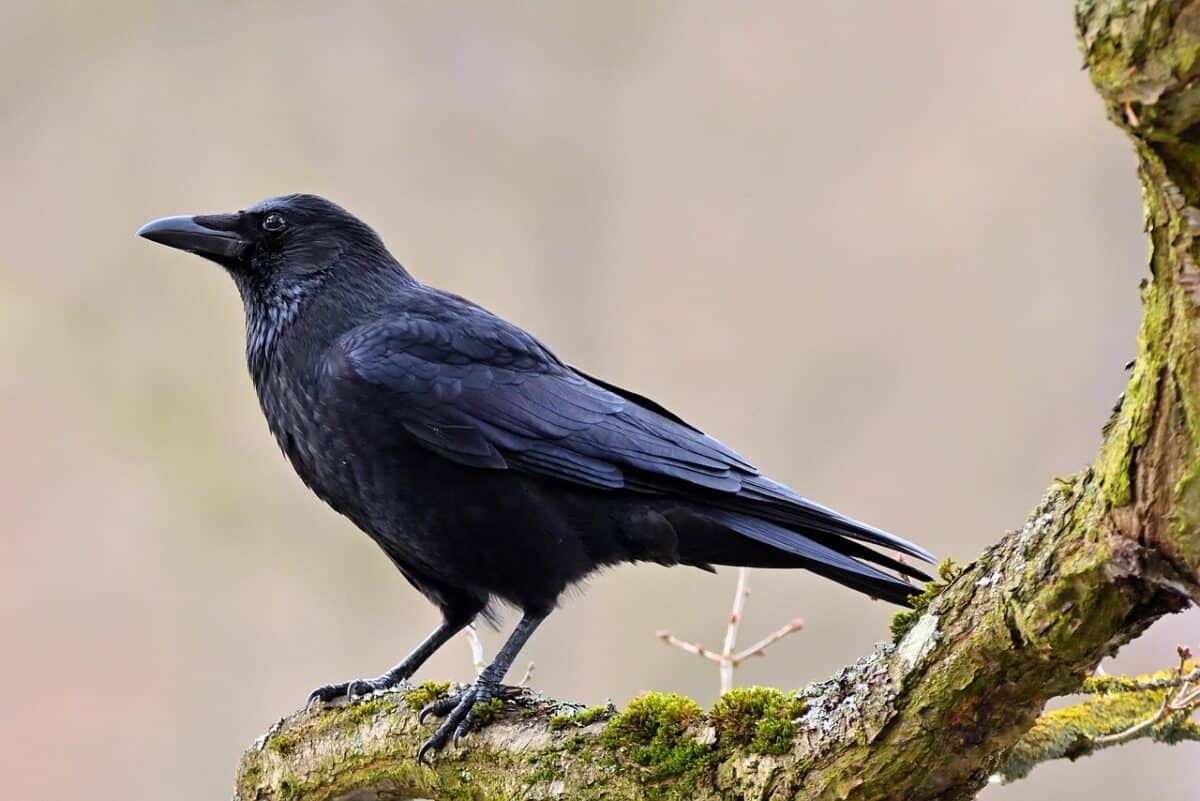
New Caledonian crows shocked researchers when they demonstrated not just tool use—a rare ability in the animal kingdom—but actual tool creation and modification. In 2018, scientists documented these birds crafting hooked tools from twigs, deliberately bending branches into hooks and trimming them to the correct size and shape. This sophisticated tool-making process involves at least three distinct steps and rivals the complexity seen in early human tool-making. What’s particularly remarkable is that these birds don’t have a tradition of cultural learning like humans yet develop similar solutions to complex problems. This discovery has forced scientists to reconsider their understanding of avian intelligence and the evolution of tool use across species.
13. Dolphins Calling Each Other By Name

Marine biologists were stunned when they discovered that bottlenose dolphins use distinctive whistles as name-like identifiers for individual members of their pod. Each dolphin develops its unique “signature whistle” by its first year of life and maintains it throughout its lifetime. Research published in the Proceedings of the National Academy of Sciences revealed that dolphins respond specifically to their own whistle played back to them, and will use other dolphins’ signature whistles when seeking to get their attention—much like humans calling each other by name. This level of sophisticated communication was previously thought to be exclusive to humans and suggests a social awareness and self-identity among dolphins that far exceeds what scientists had imagined possible in non-primate species.
12. Octopuses Using Coconut Shells As Portable Shelters

In 2009, scientists were astounded when they observed veined octopuses (Amphioctopus marginatus) collecting discarded coconut shells, cleaning them, carrying them across the ocean floor, and then assembling them into protective shelters. This behavior, documented in the journal Current Biology, represents the first recorded instance of tool use among invertebrates. What makes this discovery particularly remarkable is that the octopuses endure the awkward and physically demanding process of carrying the shells across open terrain—a behavior that offers no immediate benefit and serves only a future purpose. This type of planning for future use is considered a hallmark of advanced cognition and was previously thought to exist only in great apes and humans. This discovery has forced scientists to reconsider the cognitive capacities of invertebrates and the evolutionary pathways that lead to complex behaviors.
11. Chimps Showing Signs of Sacred Rituals

In 2016, researchers observing chimpanzees in Guinea were shocked to discover what appeared to be ritual behavior centered around a specific tree. The chimps were documented placing stones in the hollow of trees and building stone piles that had no apparent practical purpose. Published in Scientific Reports, this research suggested the potential existence of proto-religious behavior in our closest evolutionary relatives. Some of the chimps were observed returning to the same trees repeatedly, performing the same stone-placing actions in what resembled a ritual. Even more intriguing, the research team found that older male chimps would occasionally engage in a slow, rhythmic display while placing the stones. This behavior bears striking similarities to human rituals and raises profound questions about the origins of religion and symbolic thinking in the evolutionary timeline.
10. Bees Understanding the Concept of Zero

Scientists were astonished when research published in Science in 2018 demonstrated that honeybees can understand the concept of zero—a sophisticated mathematical ability previously thought to be limited to humans and a few vertebrate species. Researchers trained bees to select the smaller of two numbers by offering sugar water as a reward. When presented with a choice between various numbers and an empty set, the bees consistently chose the empty set, demonstrating they understood that “nothing” is less than “something.” This understanding of zero as a numerical concept requires abstract thinking that researchers didn’t expect to find in an insect brain with fewer than one million neurons (compared to a human’s 86 billion). This discovery has profound implications for our understanding of cognition and suggests that complex thinking may not require large mammalian brains.
9. Sea Otters Using Rocks as Family Heirlooms

In a groundbreaking study published in 2017 in Biology Letters, researchers discovered that sea otters don’t just use rocks as tools to crack open shellfish—they appear to pass preferred tools down through generations. Scientists documented cases where otters kept specific rocks for years, storing them in armpit pouches when not in use and passing particularly effective tools to their offspring. What shocked researchers was the apparent cultural transmission of tool preferences, creating a kind of “inheritance” system previously thought to exist only in much more cognitively complex species. This discovery suggests a rudimentary form of material culture and inheritance in sea otters that parallels aspects of human cultural evolution and challenges the notion that such behaviors are limited to primates or species with large brain-to-body ratios.
8. Rats Showing Empathy and Altruism

A series of experiments conducted at the University of Chicago revealed something that shocked the scientific community: rats will free trapped companions even when there’s no reward for doing so—and sometimes even when it means sharing food they could otherwise keep for themselves. In the most striking experiments, published in Science, rats consistently freed trapped companions before accessing chocolate treats, demonstrating they valued social connection over immediate food rewards. What’s more, when given the choice between opening a container with chocolate or freeing a distressed peer, the rats would typically free their companion first and then share the chocolate. This pro-social behavior suggests levels of empathy and altruism previously thought to be exclusive to humans and some primates, forcing scientists to reconsider the evolutionary roots of empathy and the cognitive capacities of rodents.
7. Elephants Recognizing Themselves in Mirrors

Mirror self-recognition, a key indicator of self-awareness, was long thought to be limited to humans and great apes. Scientists were therefore astounded when Asian elephants demonstrated this ability in a 2006 study published in the Proceedings of the National Academy of Sciences. Researchers marked elephants with visible paint marks that could only be seen in a mirror, then observed as the elephants used their trunks to touch and investigate these marks when standing before large mirrors. This behavior—understanding that the reflection represents oneself rather than another elephant—indicates a level of self-awareness that requires sophisticated cognitive processing. The discovery was particularly significant because elephants are evolutionarily distant from primates, suggesting that self-awareness may have evolved independently multiple times or that it’s more fundamental to cognition than previously believed.
6. Spiders Building “Decoy” Versions of Themselves
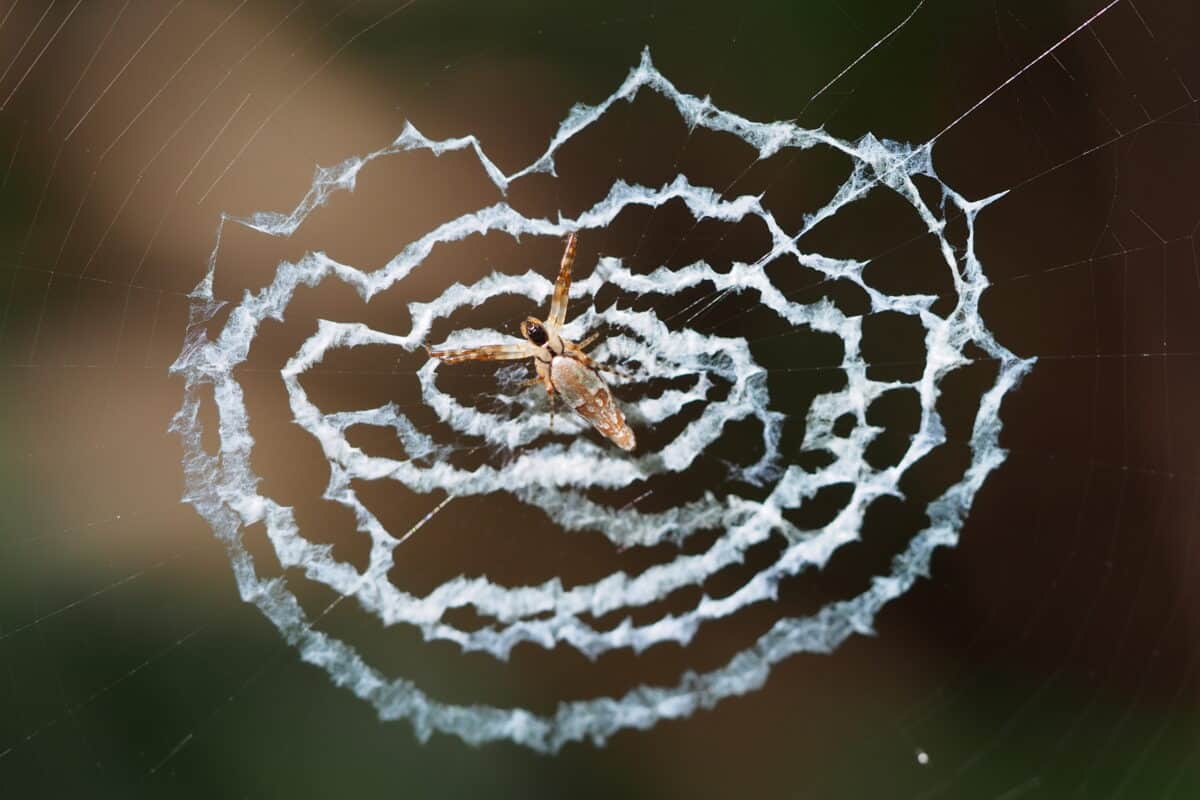
In the Amazon rainforest, scientists discovered spider species (Cyclosa sp.) that construct elaborate “decoy” spiders from dead leaves, twigs, and debris—complete with legs and body segments. First documented in 2012 and published in Animal Behavior, these arachnids create larger-than-life replicas of themselves, which they position strategically in their webs. When predators approach, the real spiders vibrate the web, making the decoys appear to move. This sophisticated deception technique shows an unexpected level of 3D crafting and strategic thinking in a creature with a nervous system far simpler than vertebrates. The discovery challenged prevailing views about arthropod cognition and raised questions about how such complex, apparently planned behaviors could evolve in species with limited neural resources.
5. Chimpanzees Self-Medicating with Plants

Scientists studying chimpanzees in Tanzania made a remarkable discovery when they observed chimps specifically selecting and consuming certain plants with no nutritional value during periods of illness. In a groundbreaking study published in Current Biology, researchers documented chimps consuming the bitter pith of Vernonia amygdalina when suffering from parasitic infections—a plant that contains compounds with known antiparasitic properties. Further investigation revealed that healthy chimps typically avoid these plants due to their extremely bitter taste, consuming them only when showing symptoms of illness. The chimps’ ability to self-medicate, termed zoopharmacognosy, demonstrates a sophisticated understanding of their environment and suggests a level of internal body awareness that scientists had not previously attributed to non-human animals. This discovery has opened new avenues for research in ethnopharmacology and natural medicine.
4. Prairie Dogs Using Complex Language
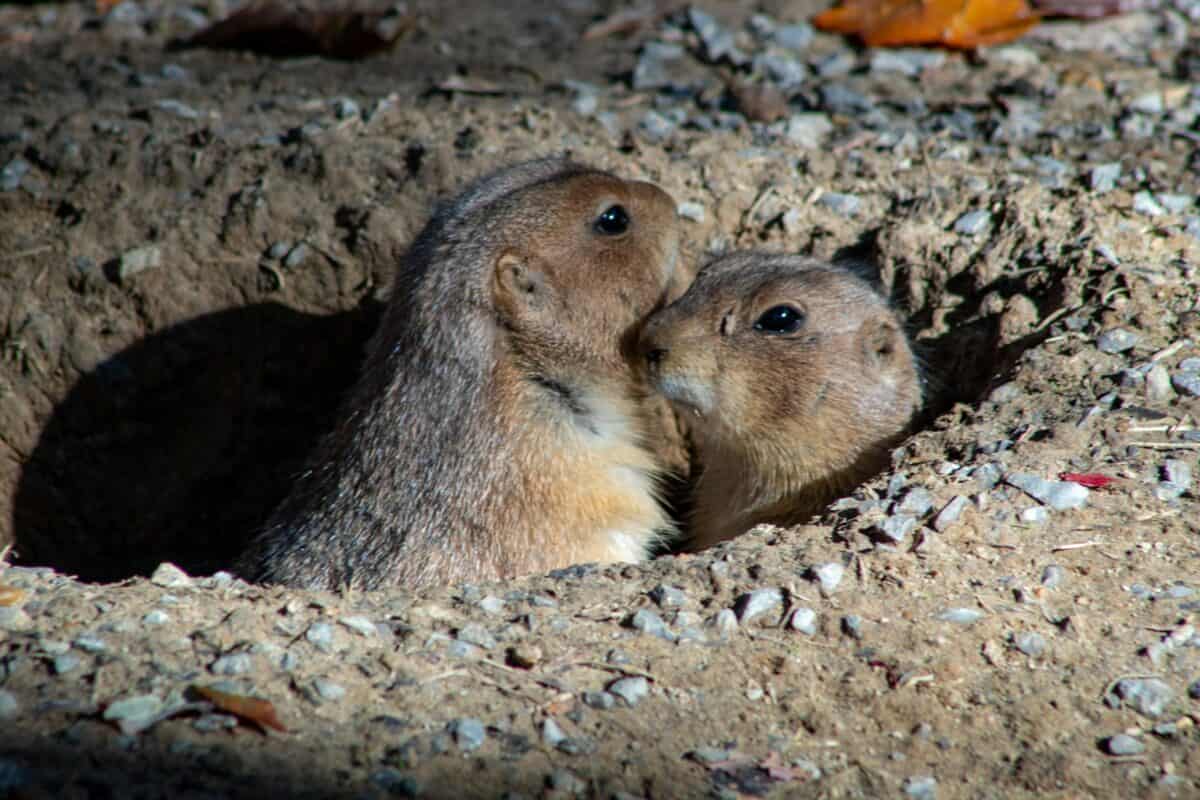
For decades, scientists assumed animal communication consisted primarily of simple alarm calls and mating signals. This view was radically challenged by Dr. Con Slobodchikoff’s research on prairie dog vocalizations, published in Animal Behavior. Using advanced acoustic analysis, researchers discovered that prairie dogs possess one of the most sophisticated animal language systems ever documented. These small rodents use different alarm calls not just to signal danger but to describe specific predators, including details about their size, shape, color, and even the speed at which they’re moving. For example, prairie dogs have distinct calls for “tall human wearing blue” versus “short human wearing yellow.” What stunned scientists was the syntactical structure within these calls—essentially a form of grammar—suggesting these animals possess a level of linguistic complexity previously thought to be exclusive to humans and perhaps a few primate species.
3. Mantis Shrimp’s Unparalleled Color Vision

Scientists were astonished when they discovered that mantis shrimp possess the most complex color vision system known in the animal kingdom. While humans have three types of color-receptive cones in our eyes, mantis shrimp have 16 different photoreceptor types. Published in the journal Science, this discovery initially led researchers to assume these crustaceans must perceive colors in a way unimaginably richer than humans. However, further research revealed something even more surprising: rather than processing color information like humans do (by comparing input from different receptors), mantis shrimp use each receptor independently in a highly efficient but fundamentally different vision system. This completely novel approach to color vision—unlike anything else in the animal kingdom—has inspired new technologies in satellite sensors and camera designs. The mantis shrimp’s visual system demonstrates that evolution can produce entirely different solutions to sensing the world, challenging our anthropocentric understanding of perception.
2. Killer Whales Developing Cultural Traditions

Marine biologists were stunned when they discovered distinct cultural traditions among different orca (killer whale) populations. Research published in Nature Communications documented orca pods passing down specific hunting techniques, vocalizations, and even preferences for certain prey types through generations—behaviors that qualify as cultural transmission rather than instinct. In one remarkable example, a population of orcas in Argentina developed a hunting technique where they intentionally strand themselves on beaches to catch sea lion pups, then rock back into the water—a high-risk strategy taught by mothers to their calves. Different orca groups maintain these distinct “cultures” even when their territories overlap, suggesting something akin to distinct societies. This level of cultural complexity had previously been considered unique to humans and, to a lesser extent, some great apes. The discovery forced scientists to reconsider definitions of culture and the cognitive capacities necessary for cultural transmission.
1. Birds Intentionally Starting Fires
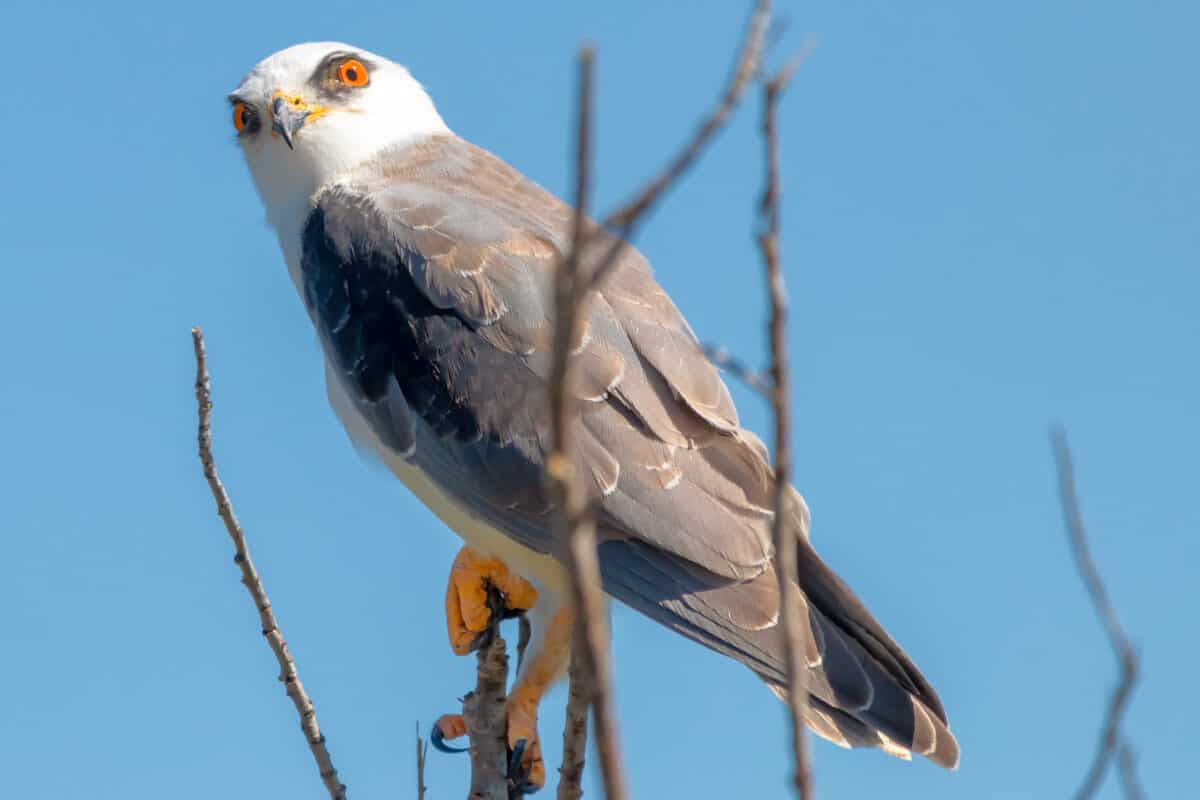
In perhaps one of the most shocking animal behaviors ever documented, several bird species in Australia’s Northern Territory have been observed intentionally spreading wildfires to flush out prey. Aboriginal knowledge of these “firehawk” behaviors existed for thousands of years, but western scientists remained skeptical until research published in the Journal of Ethnobiology provided conclusive documentation. Black kites, whistling kites, and brown falcons have been observed picking up burning sticks from existing fires and dropping them in unburned areas to start new fires, then catching small mammals and insects as they flee the flames. This represents not just tool use, but manipulation of fire—something previously thought to be exclusively human. The behavior demonstrates remarkable problem-solving abilities and challenges long-held assumptions about avian intelligence and the exclusive relationship between humans and fire control.
Conclusion: Redefining Our Understanding of Animal Intelligence

These 14 remarkable discoveries represent just a fraction of the ways wild animals continue to challenge scientific understanding and reshape our perception of non-human intelligence. What makes these findings particularly significant is how they’ve forced researchers to abandon anthropocentric notions of cognition and recognize the diverse ways intelligence can manifest across species with vastly different evolutionary histories and neural structures. From self-awareness in elephants to cultural transmission in orcas, these discoveries suggest that many cognitive abilities once considered uniquely human have evolved independently multiple times or have deeper evolutionary roots than previously thought. As research techniques become more sophisticated and scientists become more open to recognizing intelligence that doesn’t mirror human cognition, we can expect even more surprises from the natural world in the coming years—reminding us that even after centuries of scientific inquiry, the animal kingdom still holds countless mysteries waiting to be uncovered.
- 14 Times Wild Animals Shocked Scientists - August 15, 2025
- 15 Animals and Wildlife that Start with Q - August 15, 2025
- The 10 Largest Stingrays Ever Found in American Waters - August 14, 2025

